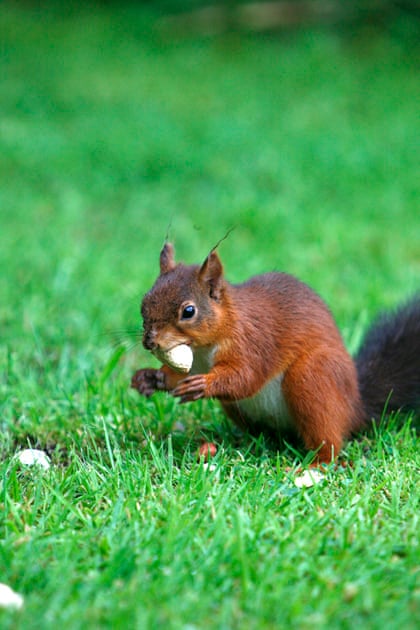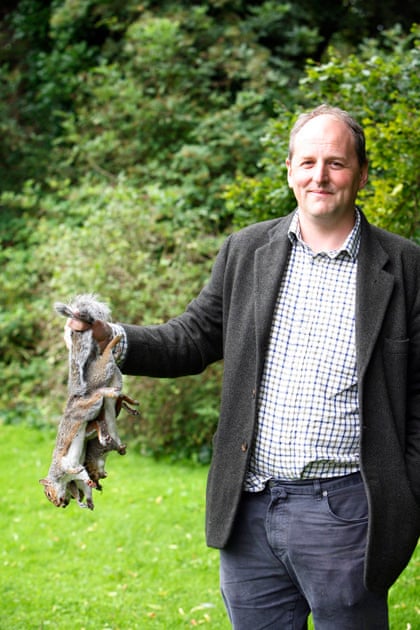Alban Eilir AlertTra la la.
The Spring Equinox is almost upon us.
https://www.timeanddate.com/calendar/seasons.html?n=136We will soon have a seasonal influx of Druids and assorted travellers, keen to enjoy the megalithic thrills of Avebury etc.
Meanwhile, back at the bat cave, M'Lady Boreades, the Boreadettes and the new puppy are all getting frisky.
I better prepare a new batch of the prize-winning Chateau Boreades Single Malt Mead Cider. It's a bit like Peckham Spring Water, except this comes from a closely-guarded family secret recipe.
Listen very carefully Tisi, I shall say this only once. We must prepare a six-pack of Lidl's finest cheapest two-litre bottles of dry cider, plus the left-over scrapings from the beehives and some mixed herbs and spices. And a few dead bees to put the sting in the tale.


